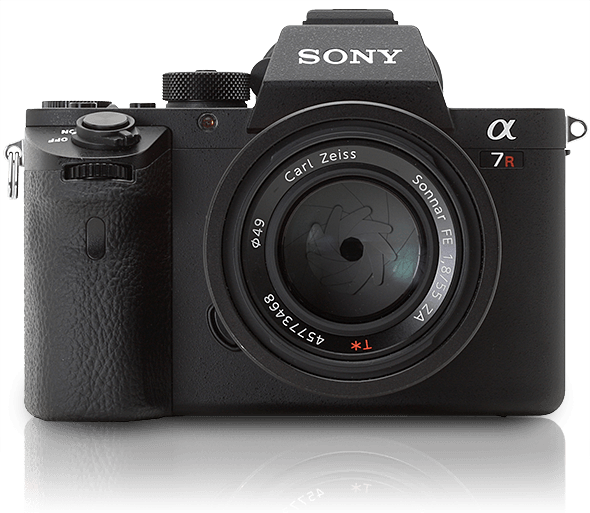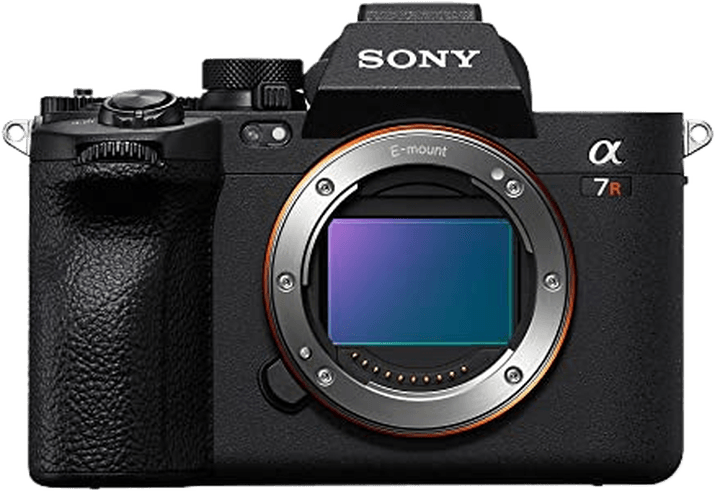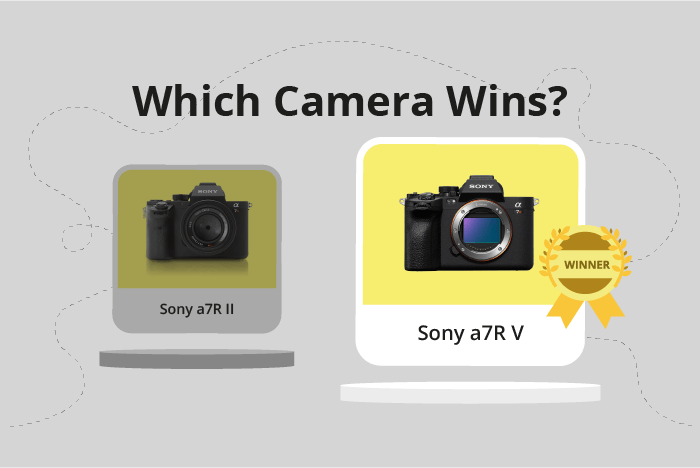Sony a7R II vs a7R V Comparison
Sony a7R II

Sony a7R V

The Sony a7R V emerges as the winner with a score of 85/100, outperforming the Sony a7R II, which has a score of 70/100. Both cameras are mirrorless, and they share similarities in size and weight, with the a7R II measuring 127 x 96 x 60mm and weighing 625g, while the a7R V measures 131 x 97 x 82mm and weighs 723g.
The a7R V surpasses the a7R II with its more recent release in 2022, compared to the a7R II’s 2015 release. This results in a higher launch price of $3999 for the a7R V, as opposed to the a7R II’s $3198 price tag. The a7R V’s superior score and recent release signify that it offers improved features and technology over the a7R II.
On the other hand, the a7R II has the advantage of being lighter and more compact, making it easier to carry and handle. However, this does not outweigh the benefits offered by the a7R V.
Considering the specifications, the Sony a7R V proves to be a better camera than the a7R II, justifying its higher score. The a7R II remains a viable choice for those seeking a lighter and more affordable option, but the a7R V’s enhanced features make it the superior choice for most users.
Sony a7R II vs a7R V Overview and Optics
The Sony a7R V outperforms the Sony a7R II in optics, scoring 85/100 compared to the a7R II’s 81/100. Both cameras share several specifications, including a CMOS sensor, full-frame sensor size, Sony FE lens mount, and image stabilization. Despite these similarities, the a7R V surpasses the a7R II in specific areas, making it the superior camera in terms of optics.
The Sony a7R V has a higher megapixel count at 61 compared to the a7R II’s 42.4, allowing for greater detail and higher resolution in images. Additionally, the a7R V boasts a faster shooting speed of 10 frames per second, double the a7R II’s 5 frames per second. This increased speed enables the a7R V to capture fast-moving subjects and action shots more effectively. Furthermore, the a7R V utilizes the newer Bionz XR processor, resulting in faster performance and improved image quality.
However, the Sony a7R II has a higher DXOMARK score for its sensor at 98, compared to the a7R V’s 94. This indicates that the a7R II’s sensor performs slightly better in terms of dynamic range, color depth, and low-light performance.
Considering these points, the Sony a7R V emerges as the better camera in terms of optics due to its higher megapixel count, faster shooting speed, and advanced processor. While the a7R II has a marginally better sensor performance, the a7R V’s overall improvements make it the preferable choice for photographers seeking optimal optical performance.
Sony a7R II vs a7R V Video Performance
The Sony a7R V outperforms the Sony a7R II in video capabilities, boasting a significantly higher video score of 100 out of 100, compared to the a7R II’s score of 56. This difference of 44 points highlights the superiority of the a7R V in this aspect.
Both cameras share some common video specifications. They each offer 4K video resolution, with the a7R II providing a maximum of 3840 x 2160 pixels and the a7R V doubling that to an impressive 8K resolution of 7680 x 4320 pixels. However, the a7R V surpasses its counterpart in terms of maximum video frame rate, offering a remarkable 120fps, while the a7R II is limited to 30fps.
The a7R V also has a built-in time-lapse functionality, a feature absent in the a7R II. This addition allows users to capture stunning time-lapse videos without the need for external software or hardware, making the a7R V more versatile and user-friendly.
On the other hand, the a7R II does not have any particular advantage in video capabilities over the a7R V. The latter camera outshines the former in every aspect of video performance, making it the clear winner in this comparison.
The Sony a7R V excels in video quality, resolution, frame rate, and additional features like time-lapse functionality compared to the a7R II. For those prioritizing video capabilities, the a7R V is the superior choice, providing a more advanced and comprehensive video experience.
Sony a7R II vs a7R V Features and Benefits
The Sony a7R V outperforms the Sony a7R II in features with a score of 87/100 compared to the a7R II’s 57/100. Both cameras have some common specifications, such as a flip screen, WIFI connectivity, and the absence of GPS functionality. However, the a7R V has additional and improved features that contribute to its higher score.
The a7R V has a larger screen size of 3.2 inches compared to the a7R II’s 3 inches, providing a more comfortable and convenient viewing experience. Additionally, the a7R V’s screen resolution of 2,100,000 dots surpasses the a7R II’s 1,228,800 dots, offering a sharper and clearer display. The a7R V also includes a touchscreen, allowing for more intuitive navigation and control. Moreover, the a7R V is equipped with Bluetooth capabilities, which the a7R II lacks, facilitating seamless and quick data transfer between devices.
While the Sony a7R II falls short in some areas compared to the a7R V, it still offers valuable features such as a flip screen and WIFI connectivity. Its flip screen allows for flexible shooting angles, while the WIFI feature enables wireless transfer of images and remote control of the camera.
The Sony a7R V proves to be the superior camera with its larger screen size, higher screen resolution, touchscreen functionality, and Bluetooth capabilities. These enhancements provide a more user-friendly experience and contribute to its higher feature score. Meanwhile, the Sony a7R II remains a viable option for those seeking a camera with a flip screen and WIFI connectivity.
Sony a7R II vs a7R V Storage and Battery
The Sony a7R V outperforms the Sony a7R II in storage and battery, scoring 73/100 compared to 16/100. Both cameras accept SD/SDHC/SDXC memory cards, but the a7R V also supports CFexpress Type A cards and has two memory card slots, providing more storage flexibility. Additionally, the a7R V has a longer battery life, lasting for 530 shots, while the a7R II only manages 290 shots. The a7R V uses the NP-FZ100 battery type and offers USB charging, making it more convenient for on-the-go users.
The Sony a7R II has limited advantages in storage and battery compared to the a7R V, with its only shared feature being the compatibility with SD/SDHC/SDXC memory cards. It falls short in other aspects, such as having only one memory card slot and lacking USB charging.
Given these factors, the Sony a7R V clearly surpasses the a7R II in terms of storage and battery capabilities. Its dual memory card slots, support for CFexpress Type A cards, longer battery life, and USB charging make it a superior choice for photographers who require more storage options and extended battery life.
Sony a7R II vs a7R V – Our Verdict
Are you still undecided about which camera is right for you? Have a look at these popular comparisons that feature the Sony a7R II or the Sony a7R V:

